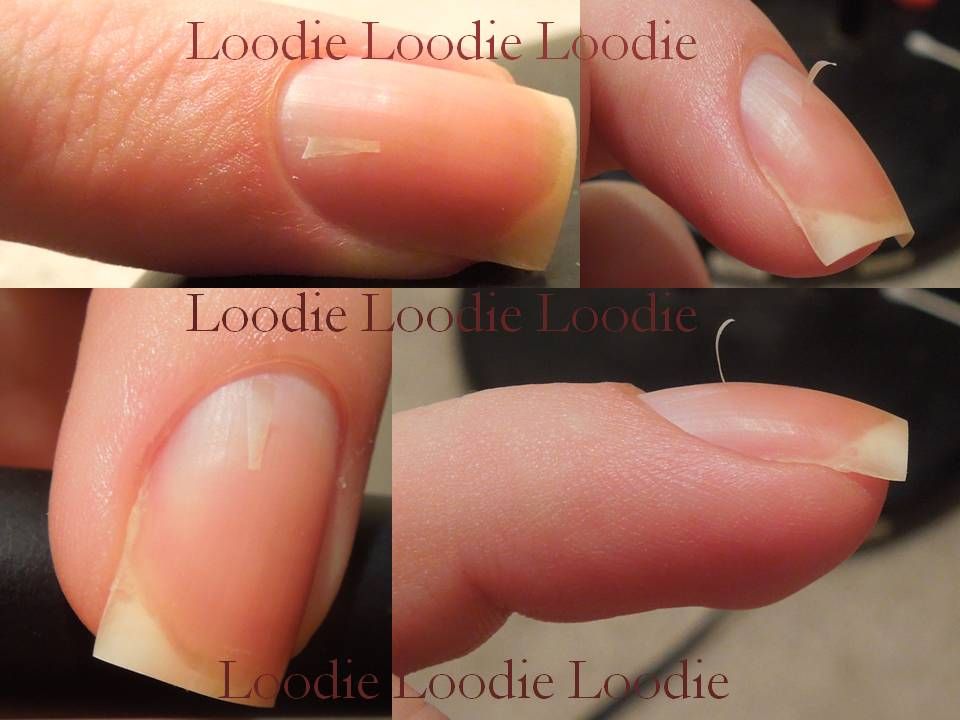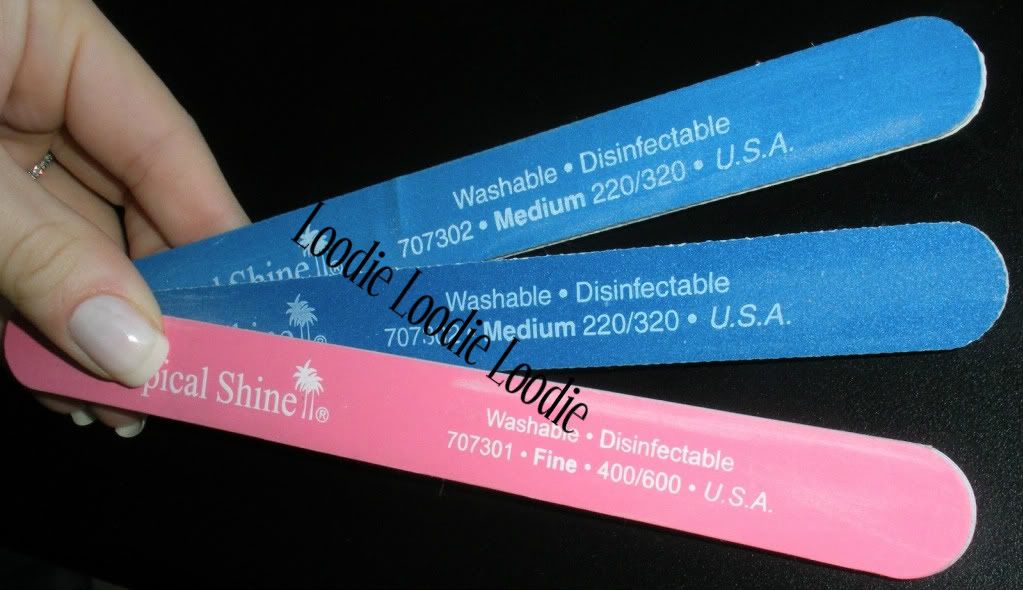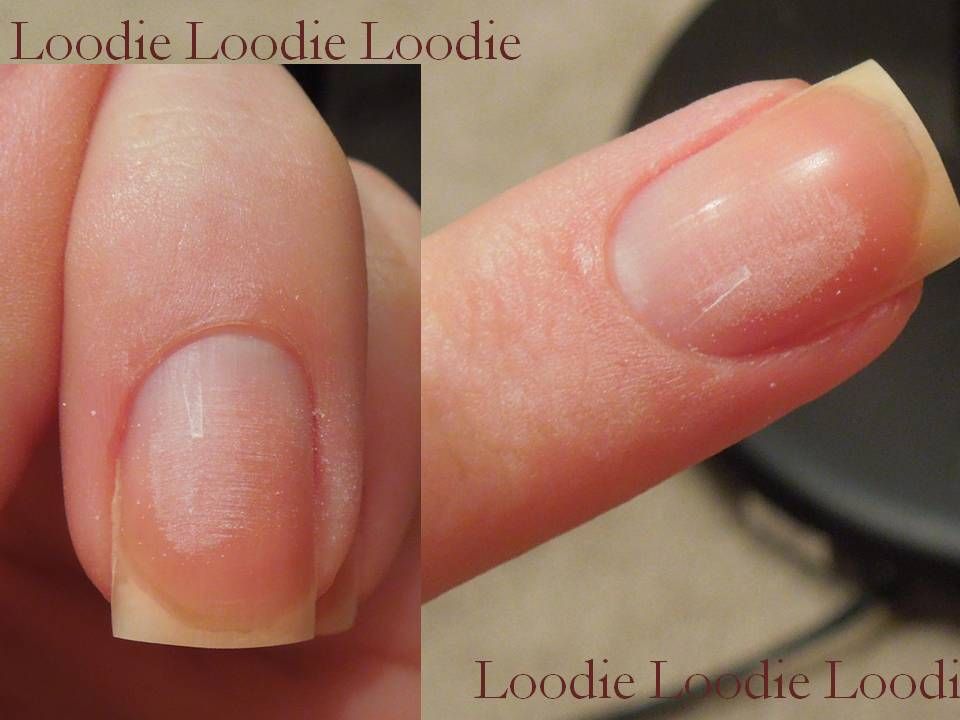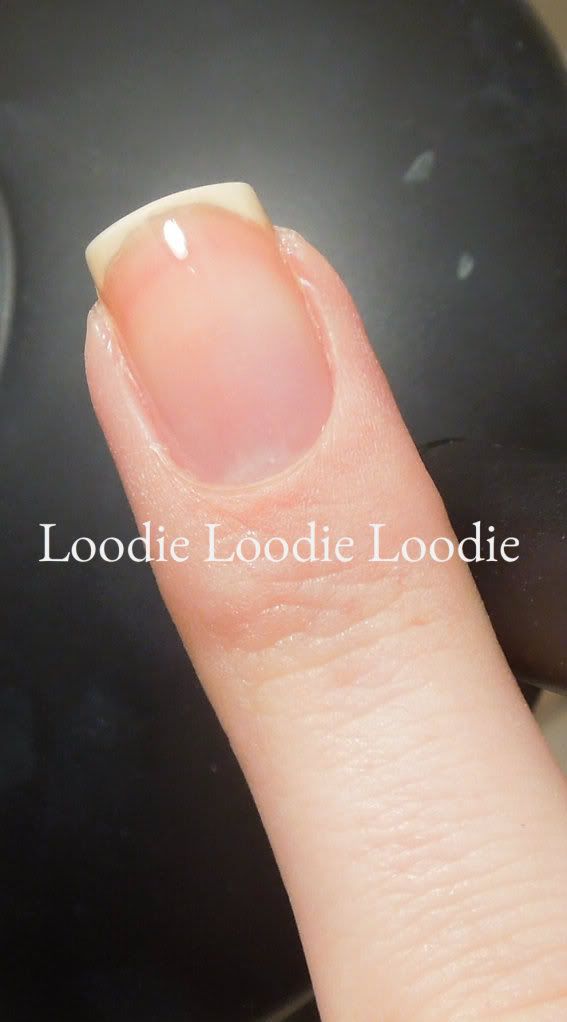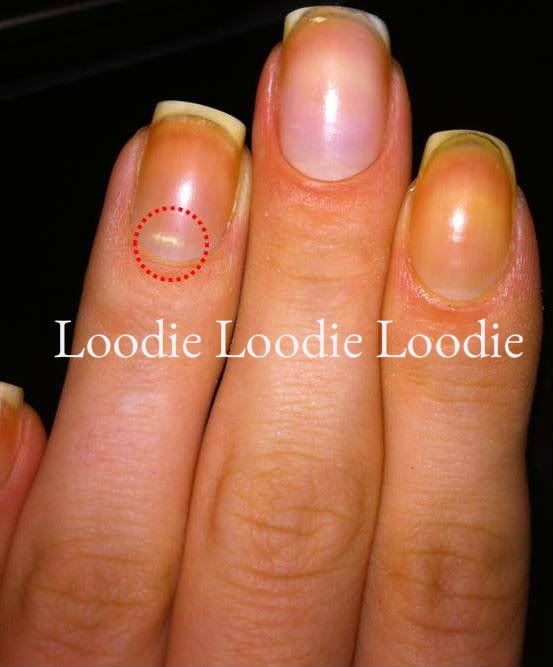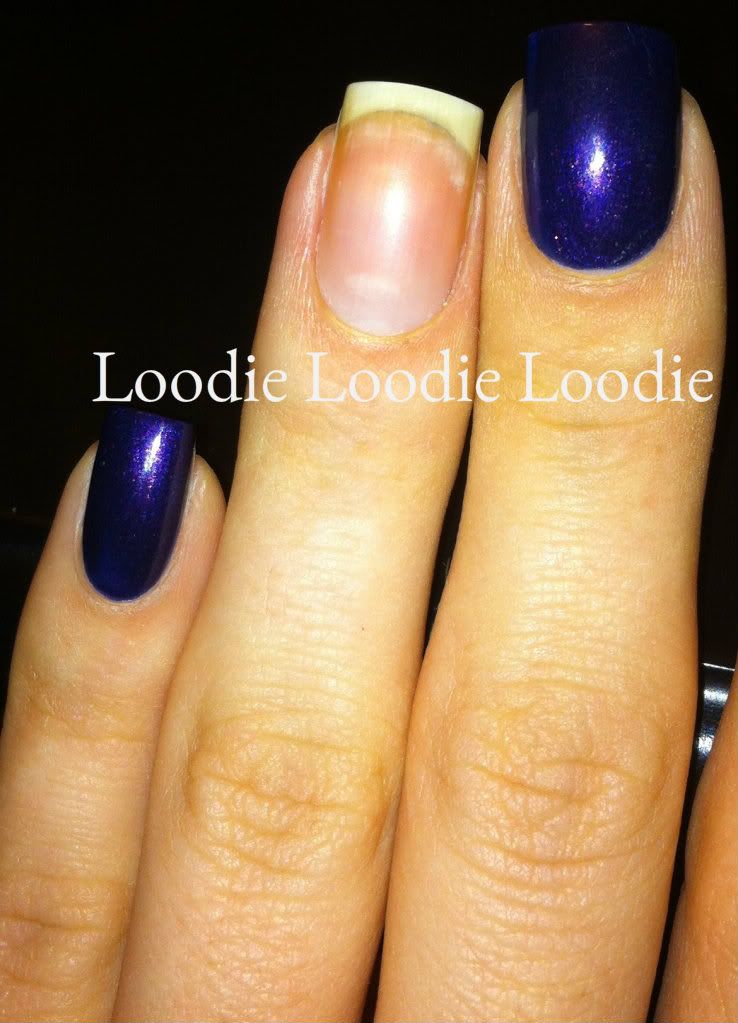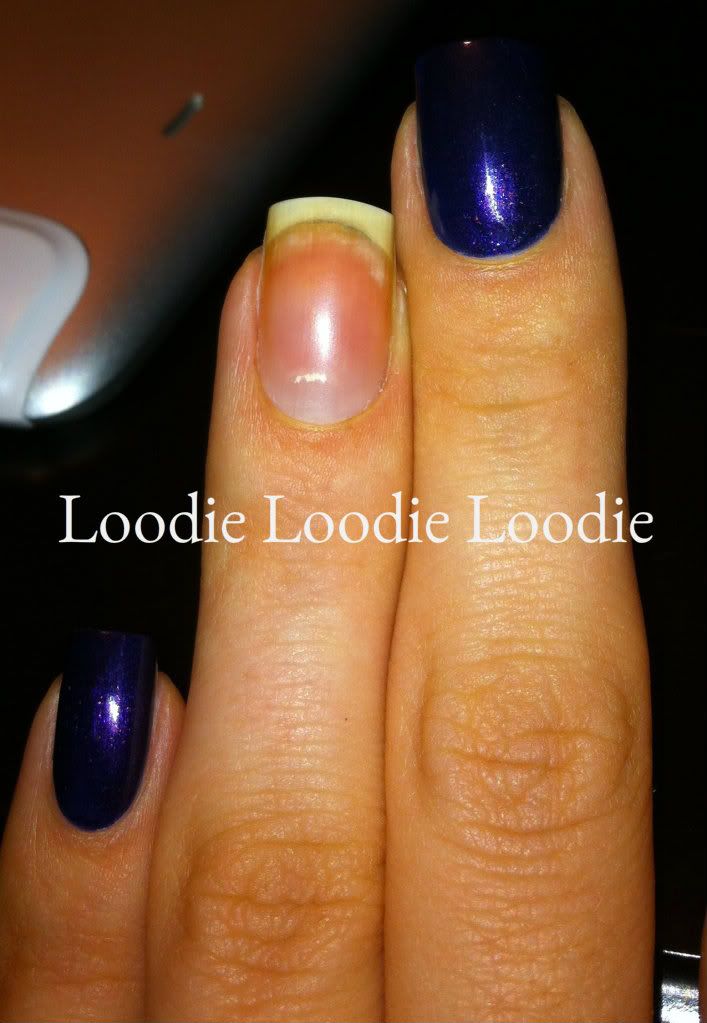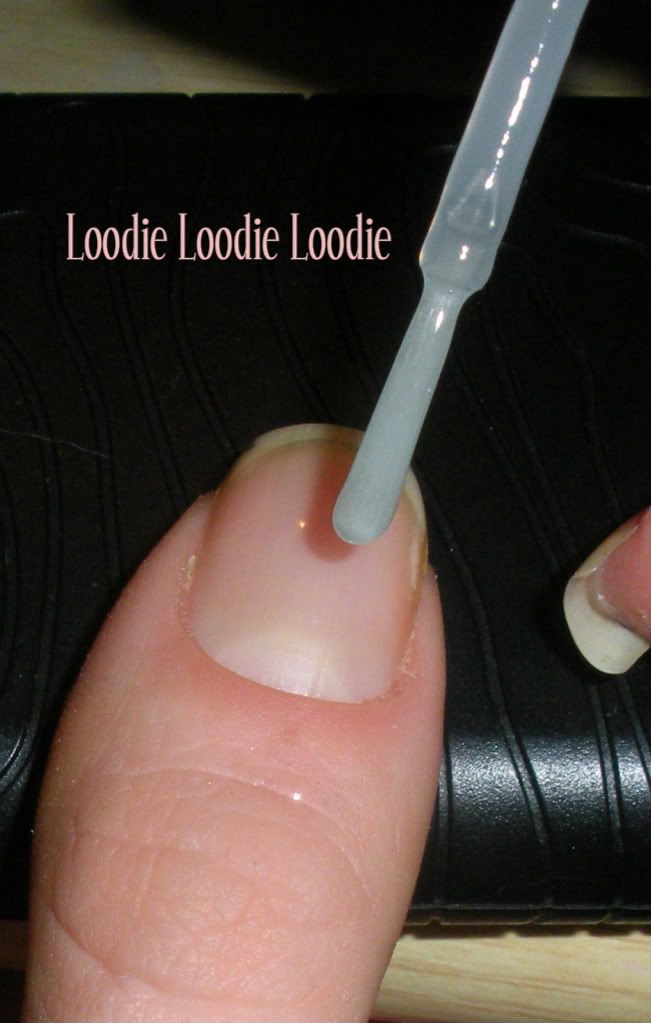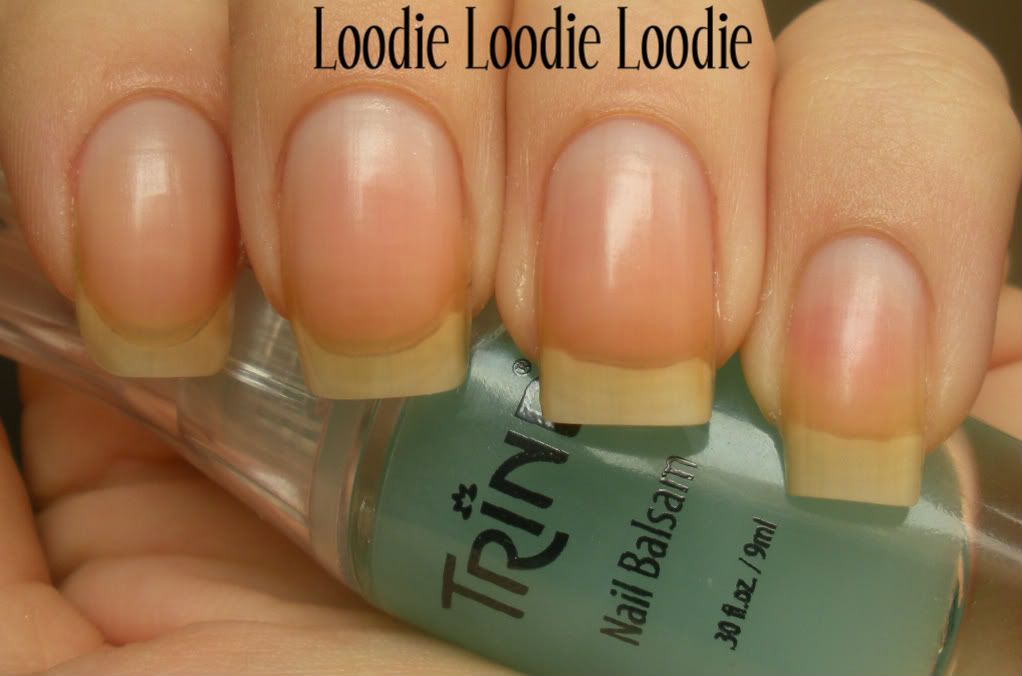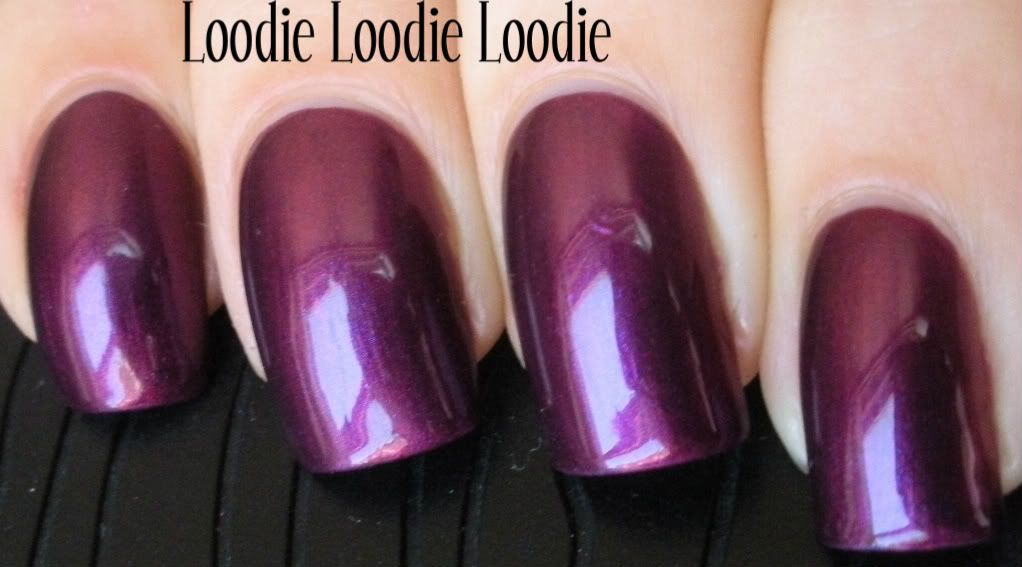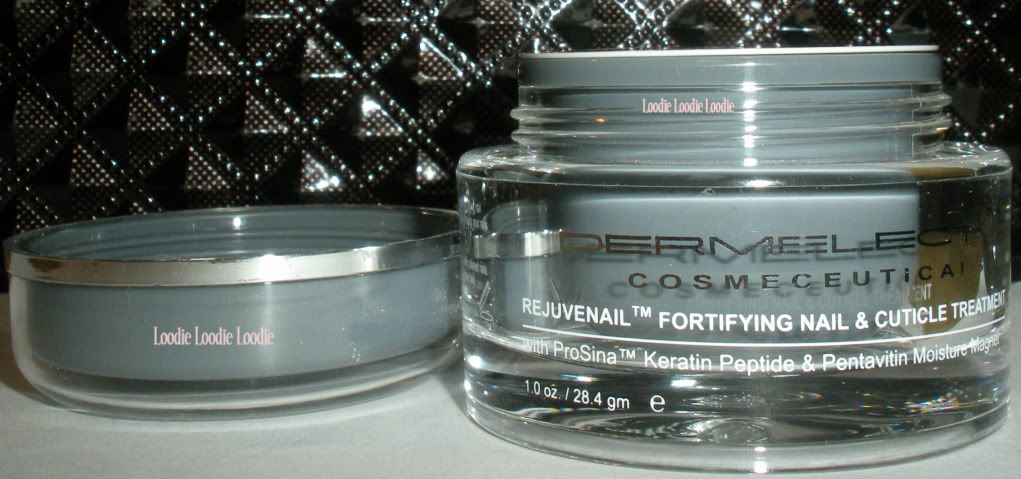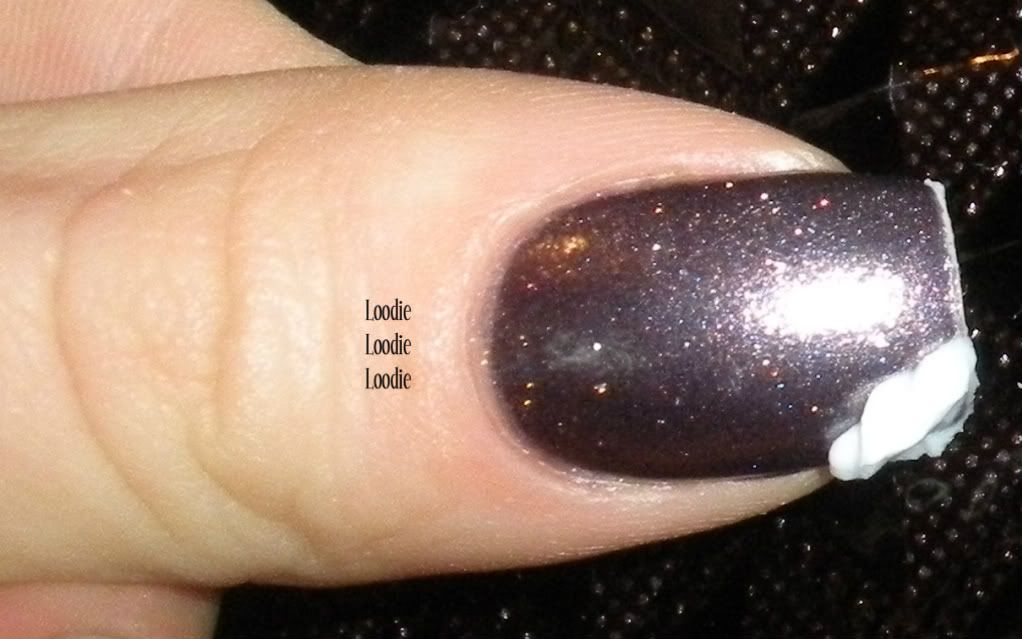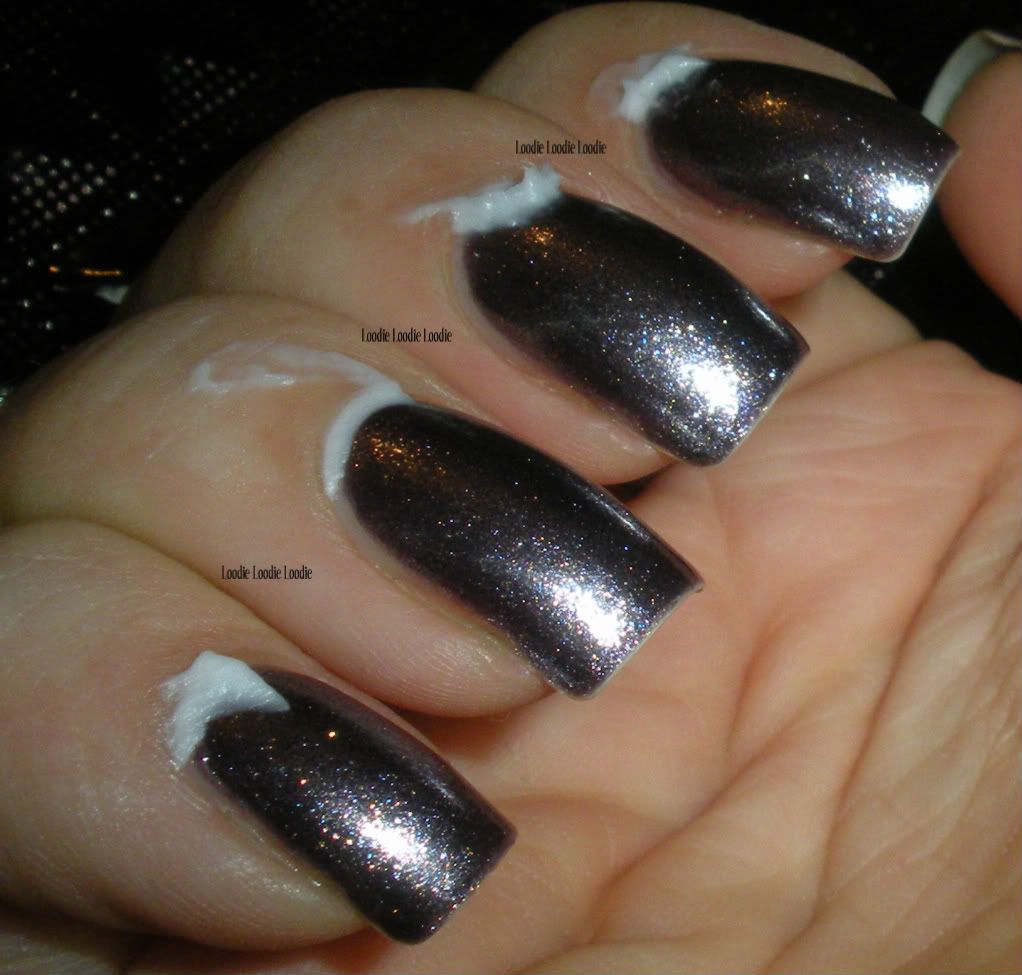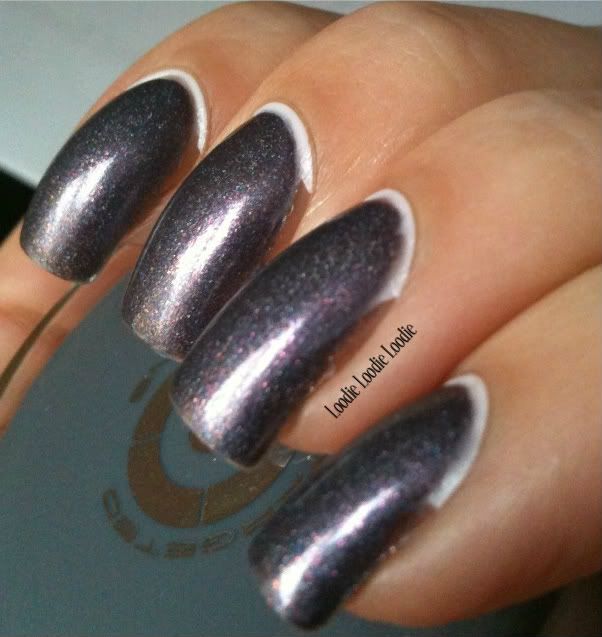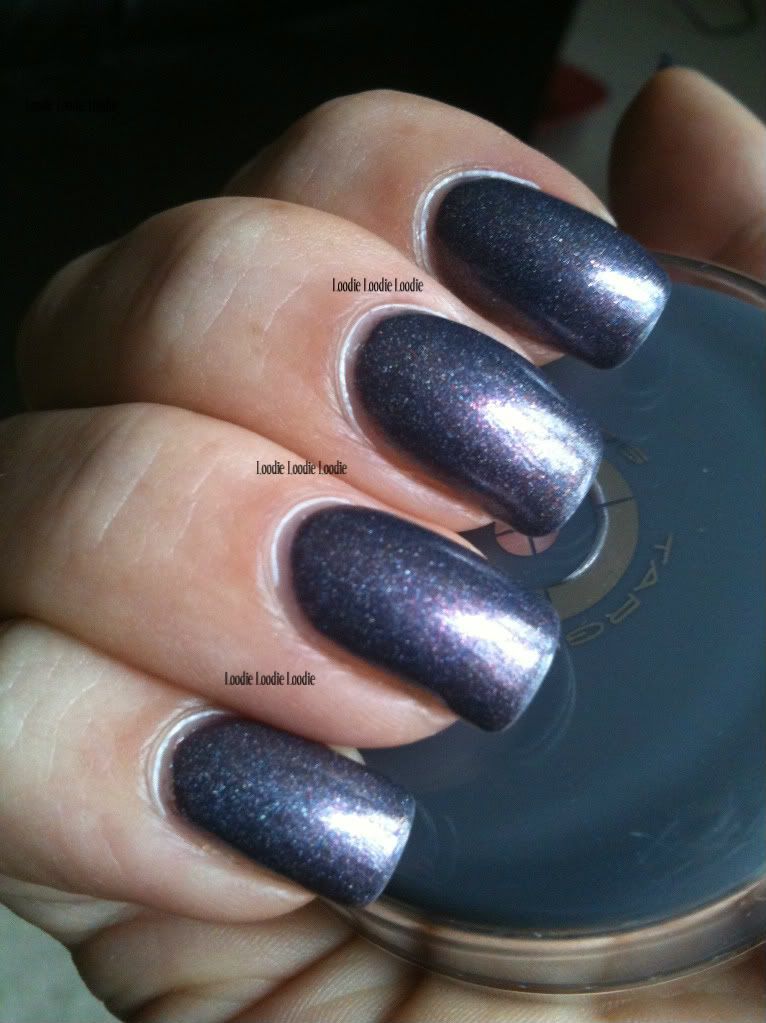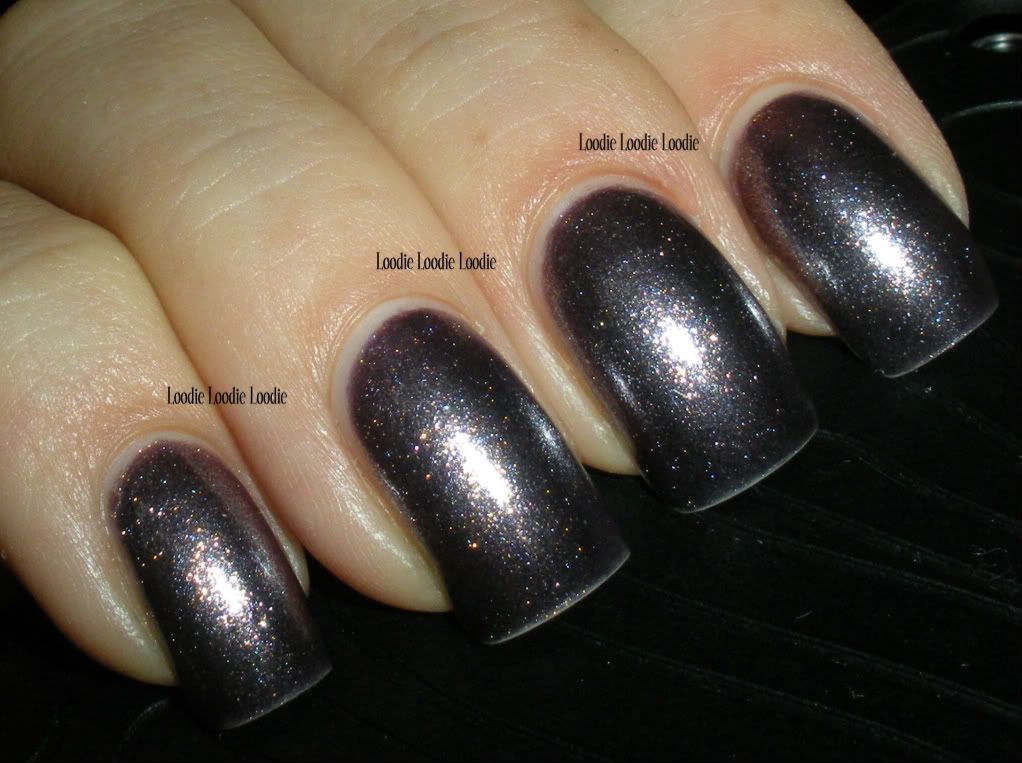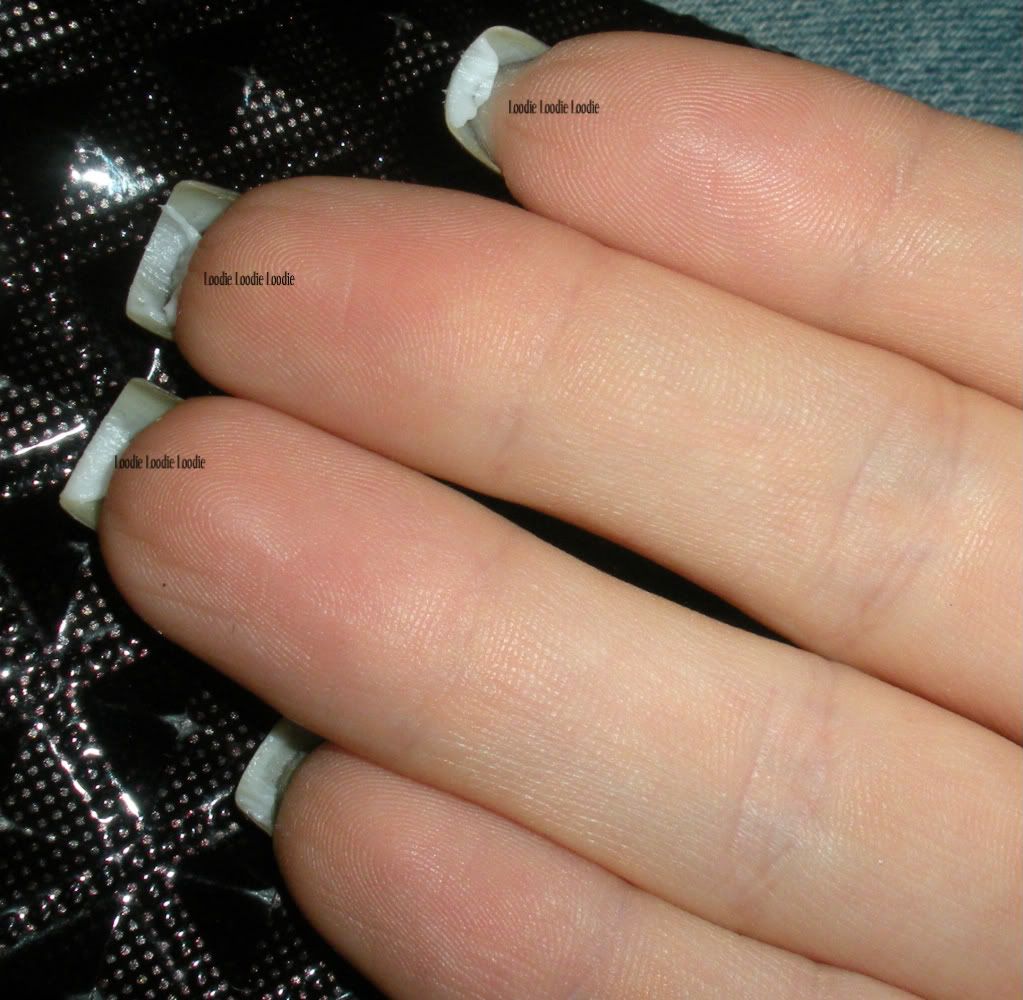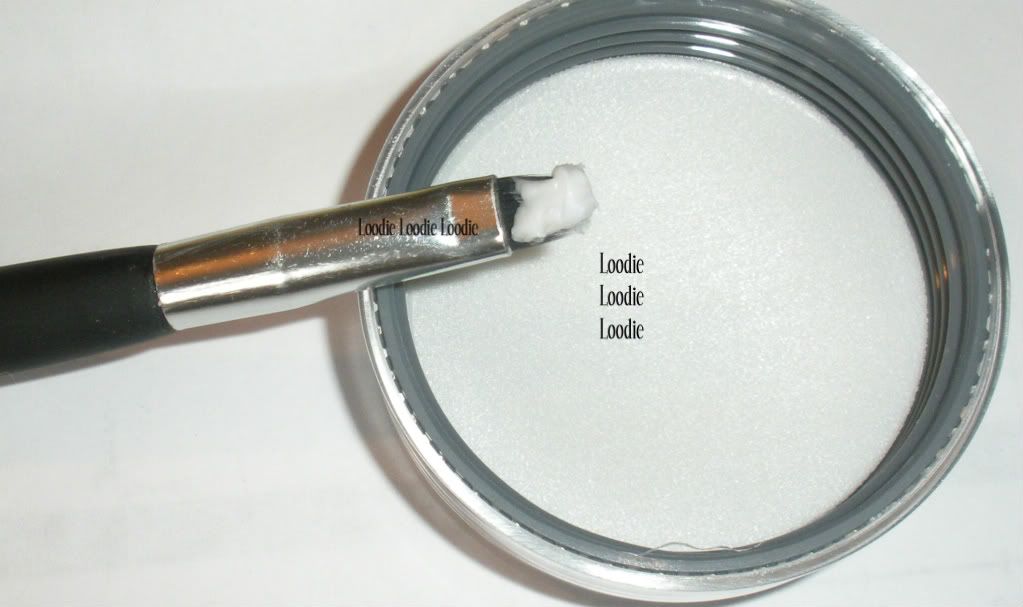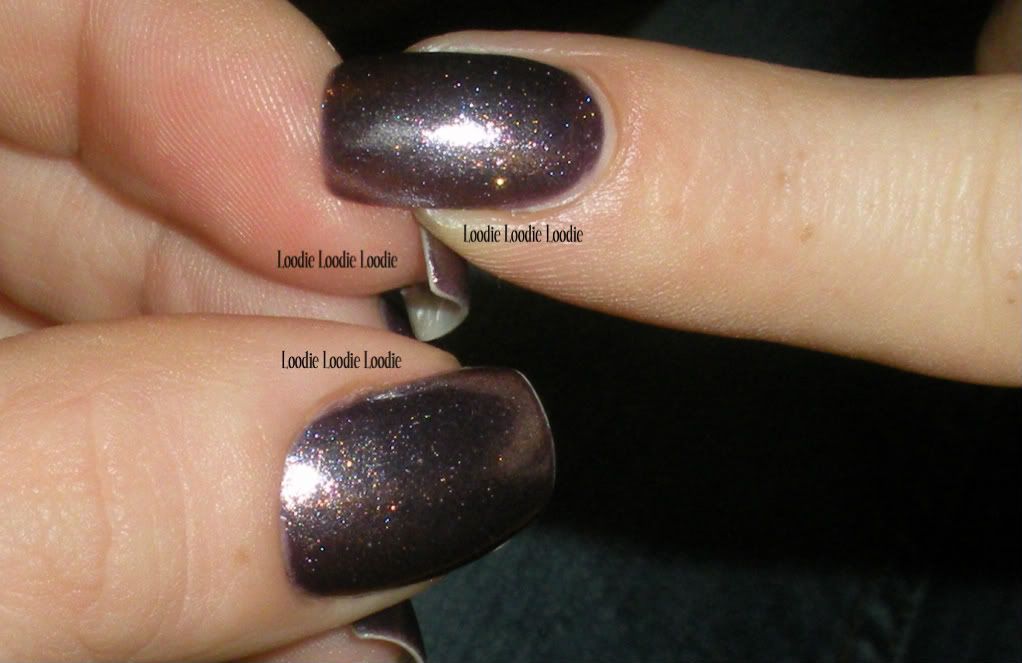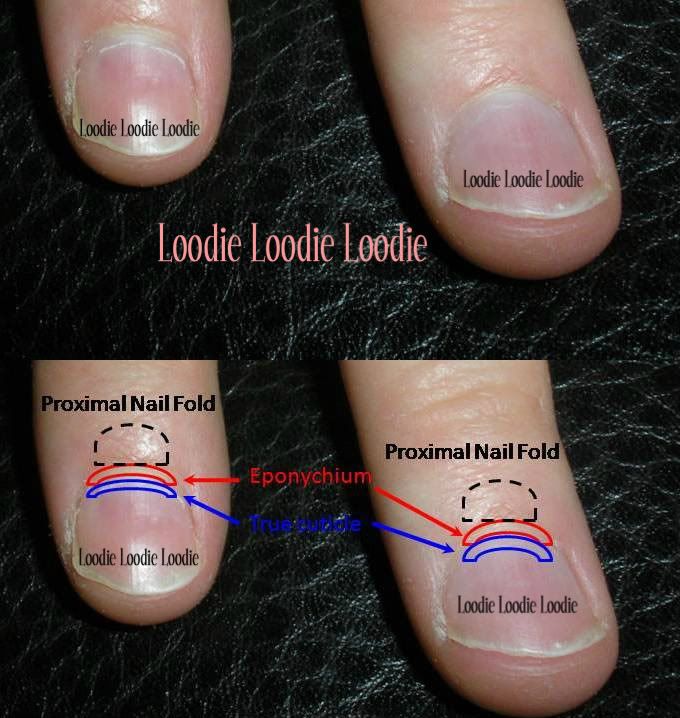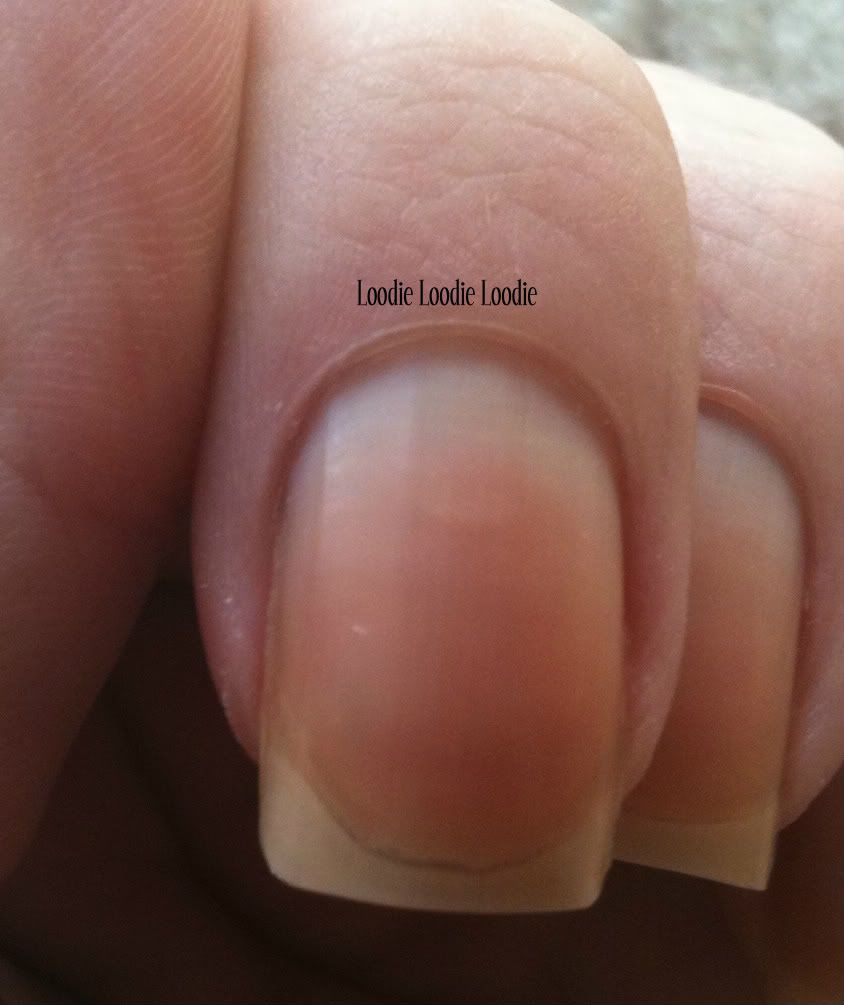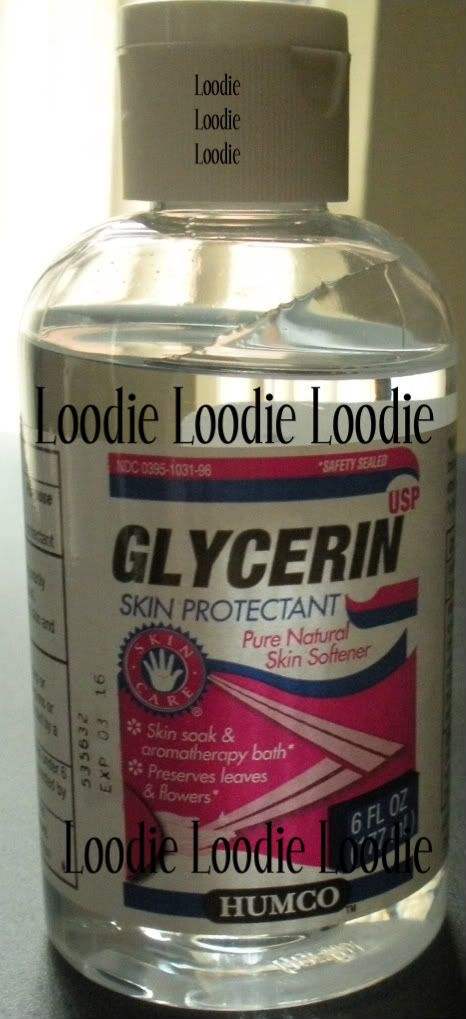Recently I was sent a moisturizing cuticle cream for review ...
Dermelect Cosmeceuticals Rejuvenail Fortifying Nail and Cuticle Treatment. And by recently I mean months ago. I have had the last few months to try it out and see what it has to offer.
As you know I am a tyrant when it comes to moisturizing nails and cuticles. It is one of the most important things you can do for your nails, if you want them to be strong and flexible. I have preached several times on the topic in the following posts:
1.
Have you moisturized today?
2.
In a pinch here is a possible substitue
3.
Moisturizing Nail Polish Remover ... i.e. Zoya Remove + substitute and the video
here.
4.
My face telling your face that you need to moisturize
If you have previously perused the posts you know that I favor a combination of two ingredients ... oil, followed by a waxy cream/balm/butter to seal in the moisture. However, moisture delivery is a highly individual thing. For example many people don't like the greasy feeling or have had unfavorable reactions to oils. I hope to show you that perhaps Dermelect Cosmeceuticals Rejuvenail Fortifying Nail and Cuticle Treatment would be a good alternative to your moisturizing routine ... I'm talking to you
Abby and
Lena! <3
First a few vitals:
Product: Dermelect Cosmeceuticals Rejuvenail Fortifying Nail and Cuticle Treatment
Size: 1 oz.
Price: $18
Can be found
here
Now some pictures:
Here is the humungous pot you get. I am not sure if you realize, but 1 oz. is a lot ... especially when you're only putting it on your cuticles! Therefore, the $18 price tag is not as frightening. It will last you a long time.
The product itself looks heavy, but is surprisingly light on the skin (more on that when I get into the ingredients). It has a very light scent of roses, but not old lady roses, because that crap stinks.
I would normally take a small bit out ... like so ...
Put a small bit on each finger. Actually you can put waaaay less than what I have done, but surprisingly either way your hands will not be greasy. Your skin will just be left hydrated.
Then start working it in by massaging each finger nail and cuticle for a few seconds. Stimulate those cuticles! Hopefully this will get the blood flowing and encourage faster nail growth.<--not a proven fact, I'm just a dreamer.
It makes no difference whether you have polish on or not, as long as you moisturize frequently and consistently!
I love that the directions on the box tell you to use it 3-4 times a day, hell yes! Listen to them ... see I am not the only one spreading the crazy moisturizing love.
The product seeps into your skin and leaves your cuticles and skin hydrated and silky. I was pleasantly surprised and thought this would be the perfect option for those ladies who can't stand greasy fingers.
Since I would put more product than necessary, I would just let the stuff sit there for 5 min or so then massage again. This is probably overkill, but hey ... I have a problem, this we know.
After a second massage it is nearly gone, but I leave what is left on my cuticle and go about my business. The non-greasy formula allowed me to do this.
Now the result ...
So hydrated, but NOT greasy!
Don't forget to moisturize under your nails too.
A brush is totally unnecessary for application, however, if you are feeling fancy, do eet!
I have to include the following two pictures because I used my mouth and chin to take them, enjoy!
Work it in!
Polish: Color Club - Alter Ego
Find more pictures of it
here.
I must discuss all of the great stuff in the formula. Many of the ingredients are not the simple moisturizers, waxes and butters that we are used to seeing, although they can be found in there as well.
First I am going to group a whole bunch together, then go over individual ingredients I find interesting:
Emolliants, conditioners and lubes galore!:
cetearly alcohol
dimethiconol
isododecane
cyclopentasiloxane
glycerin
shea butter
almond oil
vitamin E
Isoparaffin
panthenol
The other more interesting ingredients:
Alkyl Benzoate - the main skin conditioner that allows for the non-greasy silky goodness.
Wax - yes you are my friend. Not that interesting, but I love you. <3
Hydrolyzed Keratin - Like the keratin in nail treatments, I am not truly convinced they do anything with regard to cross linking to my own nail keratin, but I like having it in there. You can read my thoughts and opinions on protein based nail treatments
here.
Allantoin - I love this ingredient. It does so many things. It has the capacity to increase the hydration levels in the skin and has exfoliating properties. Read
this if you want more info.
Saccharide Isomerate - marketed as "Pentavitin", it is essentially a moisturizer that has a unique method of delivering hydration. It contains carbohydrates similar to some found in your skin. Their interaction apparently results in longer lasting water retention. I would love to see published scientific research on this, but okay.
Sodium Hyaluronate - Like Hyauronic Acid (HA) ... but better. I first heard of (HA) watching Adrien Arpel on one of
my favorite TV channels. This is a great ingredient, but this is not the time or place to go into how it works. In short, it is a moisturizer, but belongs in it's own category. One day I may write a post on the topic. Until then, it will suffice to say, when I see it in an ingredient list it makes me happy.
Retinyl Palmitate - not to be confused with Retin-A, which I LOVE, but similar to retinoic acid, it does have complicated anti-aging and conditioning properties that I will not go into in this post. I will leave it as a possible future post.
Short comings:
1. The container is really large. It makes it quite cumbersome to carry around and apply 3-4 times/day. However, like my other cuticle moisturizers, I would happily distribute the product into smaller containers. Doing this makes it quite easy to reach for and use often. You can place it anywhere you occupy space ... house, car, purse, work, etc.
2. Price. I would consider this a higher end moisturizer, however the ingredients are well worth it and speak for themselves. You will achieve hydrated healthy nails and cuticles with these high quality ingredients. A price comparison to other popular cuticle moisturizers:
Lush Lemony Flutter Cuticle Butter: $15/1.5 oz. = $10/oz
Burt's Bees Lemon Butter Cuticle Cream: $6/0.6 oz. = $10/oz
Hard as a Hoof Nail Strengthening Cream: $7/oz
Palmer's Cocoa Butter Formula: $1/oz (not popular, but cheap and good) :D
Olive Oil: $0.29/oz (wow! I never did this calculation before, but I like it)
Conclusion:
I looked at the ingredients alone and fell head over heals over this cuticle treatment. After having tried it, I am highly impressed with what it is able to do. Dermelect Cosmeceuticals Rejuvenail Fortifying Nail and Cuticle Treatment is a superb, high quality moisturizing option for the lady (or gent) that does not like greasy fingers!
Remember, no matter what you choose to moisturize your nails and cuticle with, just make sure to do it frequently and consistently!
*The product in this post was provided by Dermelect's PR department ... thank you!*

